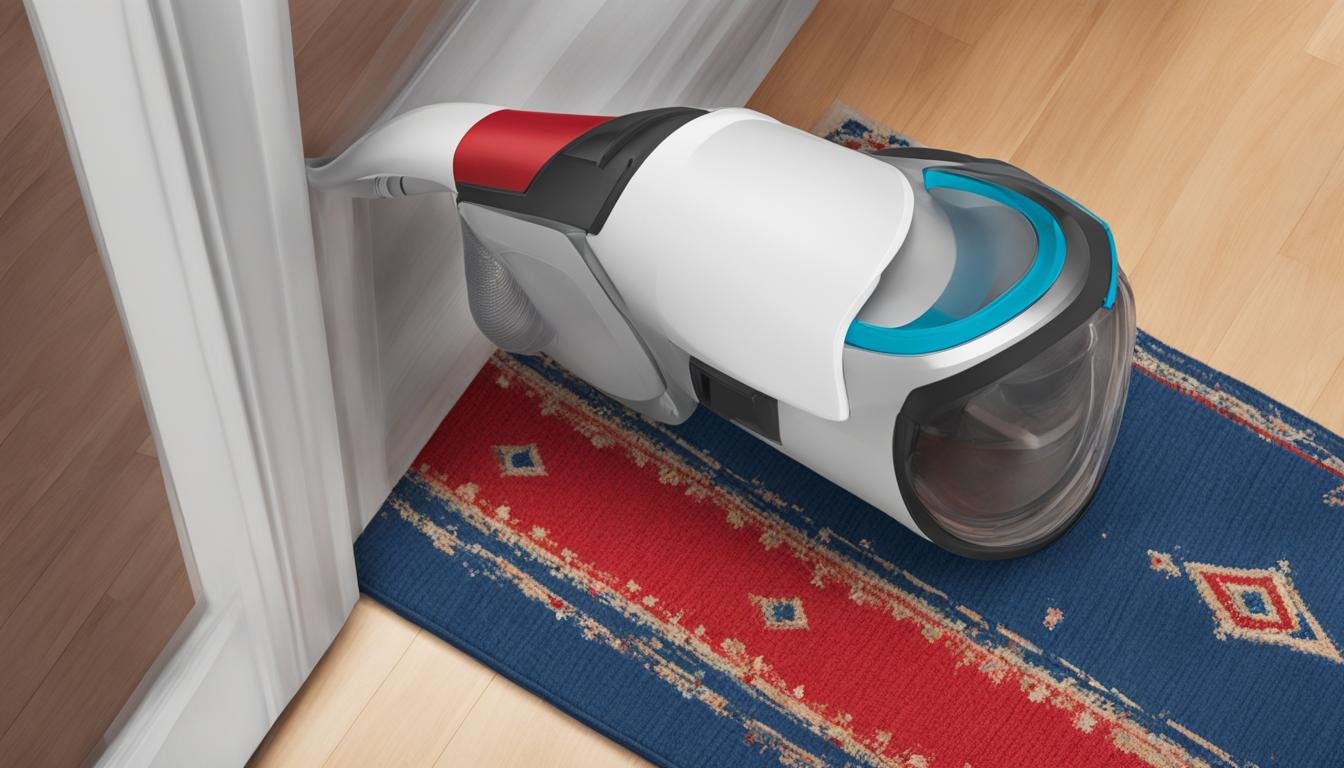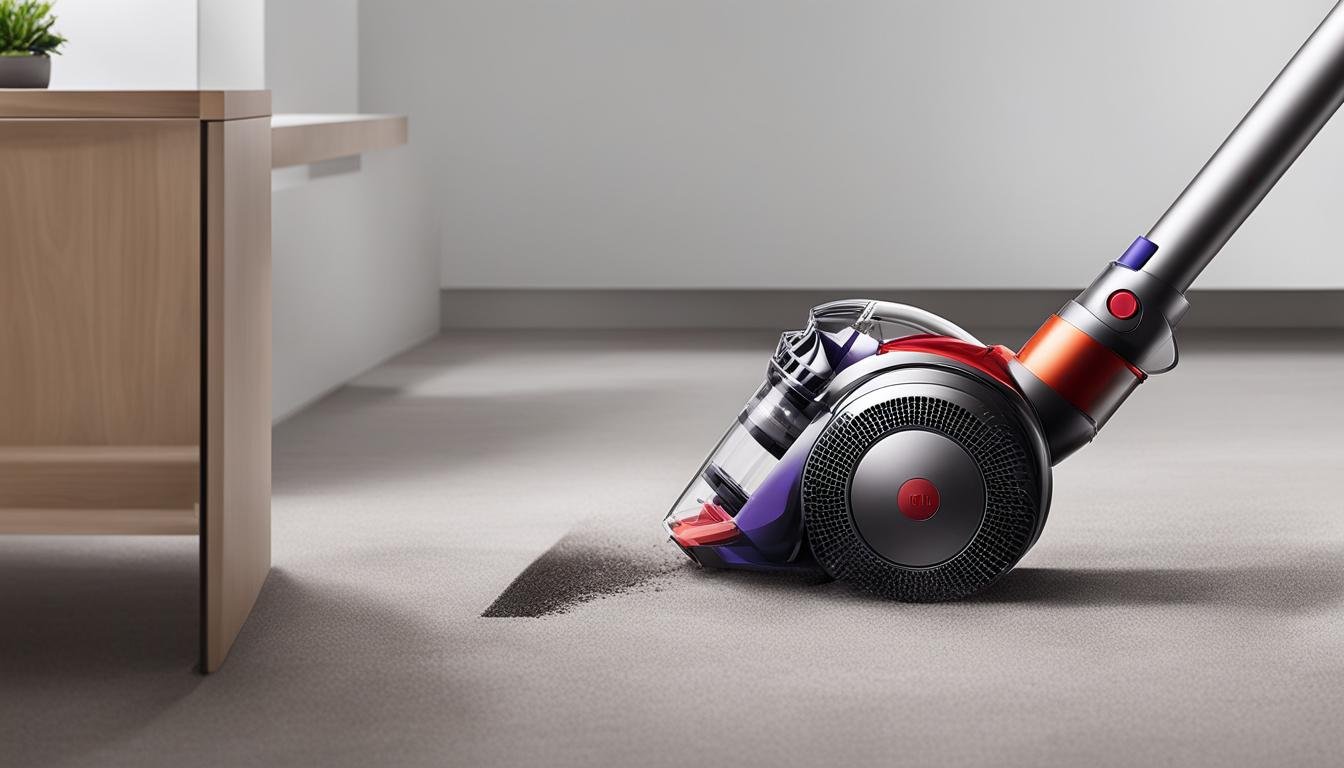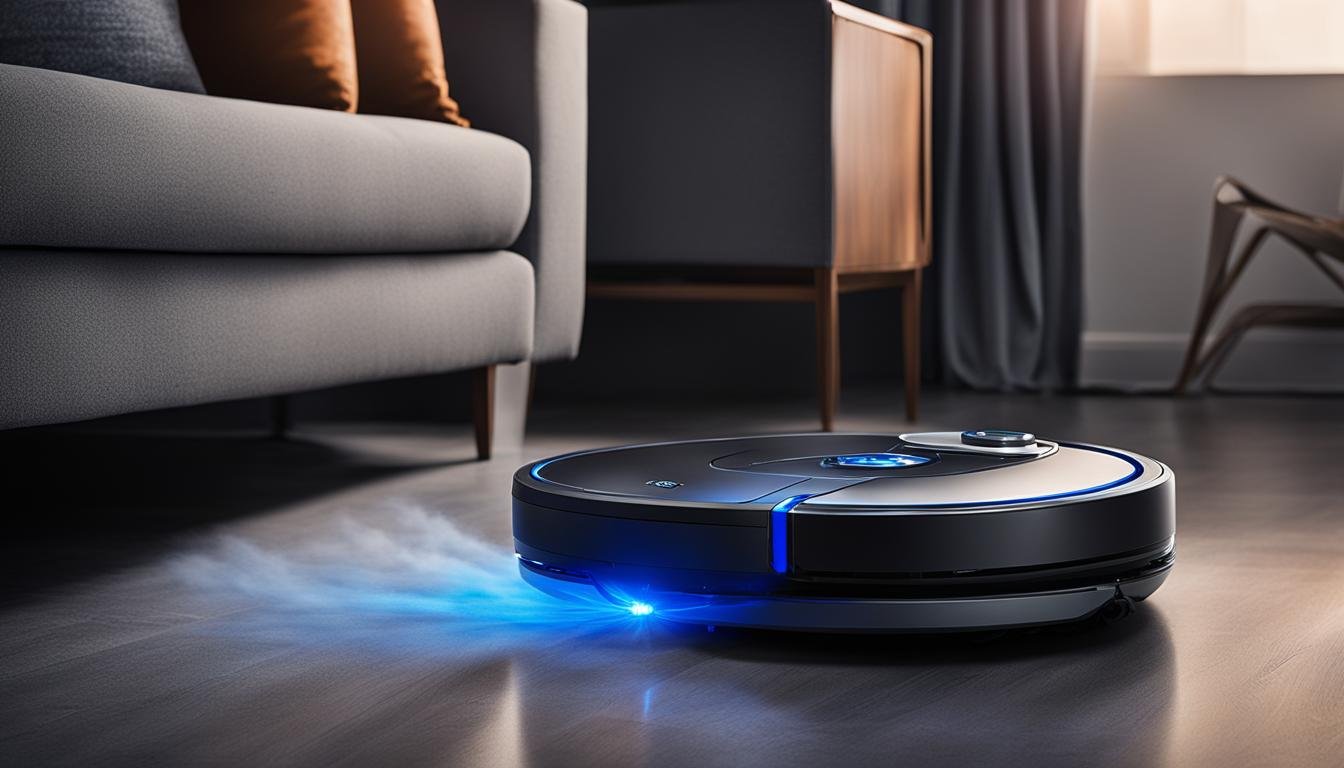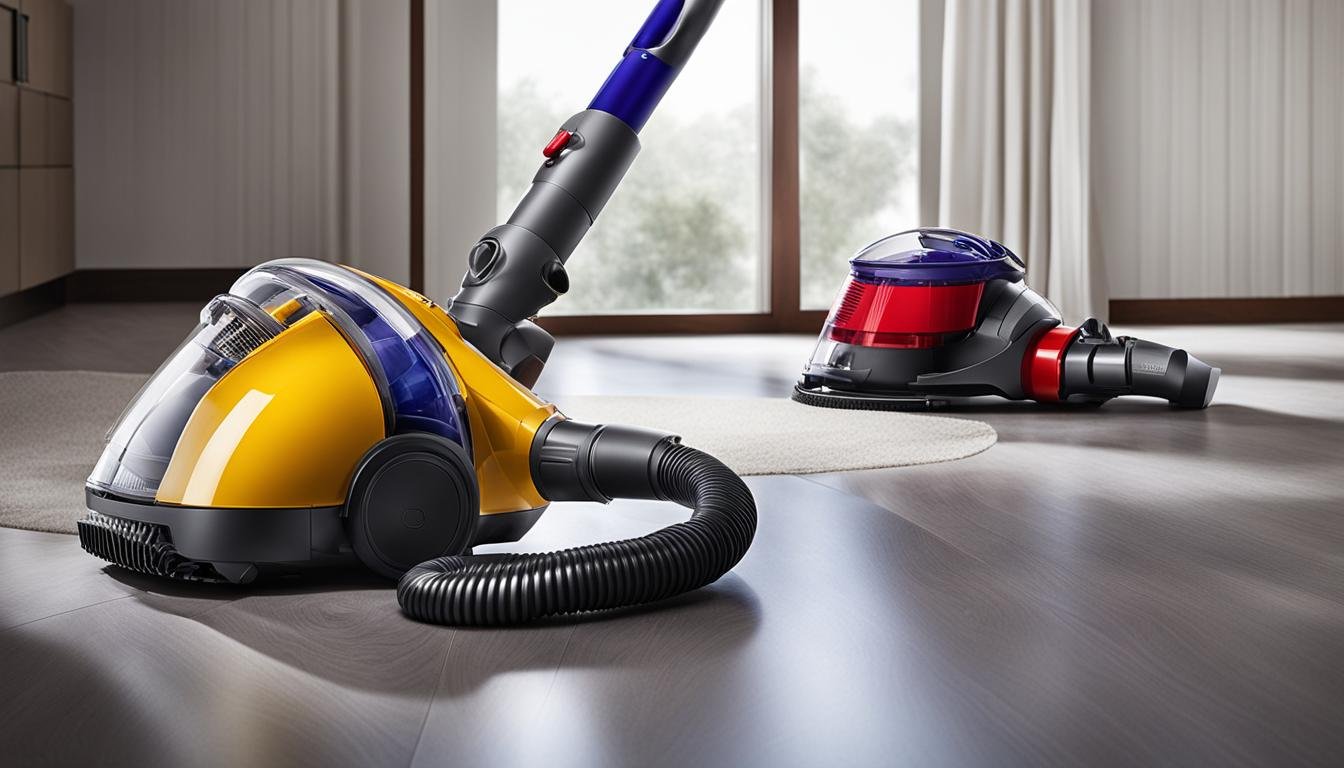If you’re struggling with a vacuum cleaner that has too much suction power, there are several ways you can reduce the suction and make your cleaning experience more manageable.
One suggestion from a forum thread is to attach a remote variable speed unit for a router to your shop vac to control the suction power. Another option is to create a dilution fitting or Y connector with a blast gate to regulate the airflow. Additionally, some users have built a box with adjustable holes and attached a Oneida Dust Deputy to their smaller vacuum to adjust the suction strength.
It’s important to note that reducing the suction power may affect the motor’s cooling system, so be cautious when making any modifications.
Key Takeaways:
- Attach a remote variable speed unit for a router to control the suction power of your shop vac.
- Create a dilution fitting or Y connector with a blast gate to regulate the airflow.
- Consider building a box with adjustable holes and attaching a Oneida Dust Deputy to adjust the suction strength.
- Be cautious when making modifications to reduce suction, as it may affect the motor’s cooling system.
- Experiment and find the right balance of suction power for your cleaning needs.
Methods to Reduce Suction Power on a Vacuum Cleaner
If you find that your vacuum cleaner has excessive suction power, there are a few DIY methods you can try to adjust and lower it to your desired level. These methods can help you troubleshoot and fix any issues you may be experiencing with vacuum suction. Here are some effective solutions:
1. Remove the Soleplate
If you want to decrease the intensity of the suction, a simple method is to remove the soleplate of your vacuum cleaner. The soleplate is the part that keeps the brush bar in place. By removing it, you can reduce the suction power and ensure a lighter touch on the surface you’re cleaning.
2. Drill a Hole and Constrict the Airflow
For a more permanent solution, you can drill a small hole in the vacuum’s tube and cover it with cloth or tape. This method constricts the airflow, reducing the overall suction power. Be cautious when drilling the hole and make sure to cover it securely to prevent any damage or inefficiency.
3. Adjust the Vacuum Slider
Many modern vacuum cleaners come equipped with a vacuum slider, usually located around the handle. This slider allows you to adjust the airflow and lower the suction power. Experiment with different settings to find the level of suction that suits your cleaning needs.
4. Attach a Crevice Tool
To further decrease suction power, consider attaching a crevice tool to the vacuum’s handle. This accessory helps increase the distance between the brush and the air production, resulting in reduced suction. It’s particularly effective for cleaning delicate surfaces or when you need a gentler touch.
Pro Tip: Remember to test your vacuum cleaner on a small, inconspicuous area before making any modifications or adjustments to ensure it still provides sufficient cleaning power for your needs.
By employing these methods, you can effectively troubleshoot and fix excessive vacuum suction. Customize your vacuum cleaner’s suction power according to your preference, ensuring it provides optimal cleaning performance while remaining gentle on delicate surfaces.
Conclusion
Finding the right balance of suction power is essential for effective cleaning. While higher suction power may seem preferable, it can lead to drawbacks such as noise pollution, increased physical effort required, higher power consumption, and reduced durability.
In contrast, vacuums with lower suction power may only be effective for visible dust and debris removal and are not suitable for deep cleaning tasks. The recommended approach is to aim for moderate suction power, which provides a balance between efficiency and convenience.
By using the DIY methods mentioned in this article, such as removing the soleplate, drilling a hole, adjusting the vacuum slider, or attaching a crevice tool, you can customize and reduce the suction power of your vacuum cleaner according to your needs.
FAQ
How can I reduce the suction power on my vacuum cleaner?
There are several methods you can use to decrease the suction power on your vacuum cleaner. One option is to attach a remote variable speed unit for a router to your shop vac or create a dilution fitting or Y connector with a blast gate to regulate airflow. Another approach is to build a box with adjustable holes and attach a Oneida Dust Deputy to your smaller vacuum. Additionally, you can remove the soleplate, drill a hole in the vacuum’s tube and cover it with cloth or tape, adjust the vacuum slider located around the handle, or attach a crevice tool to the vacuum’s handle to increase the distance between the brush and the air production. It’s important to note that modifying the suction power may affect the motor’s cooling system, so proceed with caution.
What are the benefits of reducing suction power on a vacuum cleaner?
While higher suction power may initially seem preferable, reducing the suction power on your vacuum cleaner can offer several benefits. It can help minimize noise pollution, reduce physical effort required during cleaning, lower power consumption, and potentially increase the durability of your vacuum cleaner. By finding the right balance of suction power, you can customize your cleaning experience and achieve efficient and convenient results.
What is the recommended suction power for a vacuum cleaner?
The recommended suction power for a vacuum cleaner is moderate. This provides a balance between efficiency and convenience. Vacuums with lower suction power may be suitable for visible dust and debris removal but may not be effective for deep cleaning tasks. On the other hand, vacuums with excessively high suction power may lead to drawbacks such as increased noise levels, additional physical exertion, higher energy consumption, and reduced durability.





Leave a Reply